Photos by Mike Opgenorth, Zach Pezzillo, and Harold Lyon Arboretum of the University of Hawaiʻi at Mānoa
Loulu (Pritchardia spp.) is Hawaiʻi’s only native palm genus. There are 23 species of native Hawaiian Pritchardia endemic (found only in) Hawaiʻi while other species of Pritchardia are found outside of Hawaiʻi.
NTBG’s living collections include 22 of these native species at its gardens on Kauaʻi and Maui. One of the rarest loulu palms is Pritchardia woodii, a Critically Endangered single island endemic known from just two remote valleys on the eastern flank of Maui’s Haleakalā volcano. Beginning in 2021, NTBG’s conservation staff embarked on a series of field surveys conducted to locate, identify, and collect seeds to be grown with the aim of ensuring survival. Working closely with Hawaiʻi’s Plant Extinction Prevention Program (PEPP) and the University of Hawaiʻi’s Lyon Arboretum, NTBG staff continue to care for this loulu species at Kahanu Garden and Preserve on Maui. Conservation work of Pritchardia woodii is being conducted as part of the Save the Species campaign with generous funding from the International Palm Society and NTBG supporters.

Just $25 powers a year of impact for plants and people no matter where you live. You’ll also receive The Bulletin magazine and invitations to special member events.
Join usNTBG staff and partners from PEPP are conducting surveys of loulu (Pritchardia woodii), found only in the rugged wet forests of the Hāna Forest Reserve. Helicopter access has allowed them to reach remote palm populations and estimate the number of existing members of this species as part of an IUCN Red List of Threatened Species assessment.
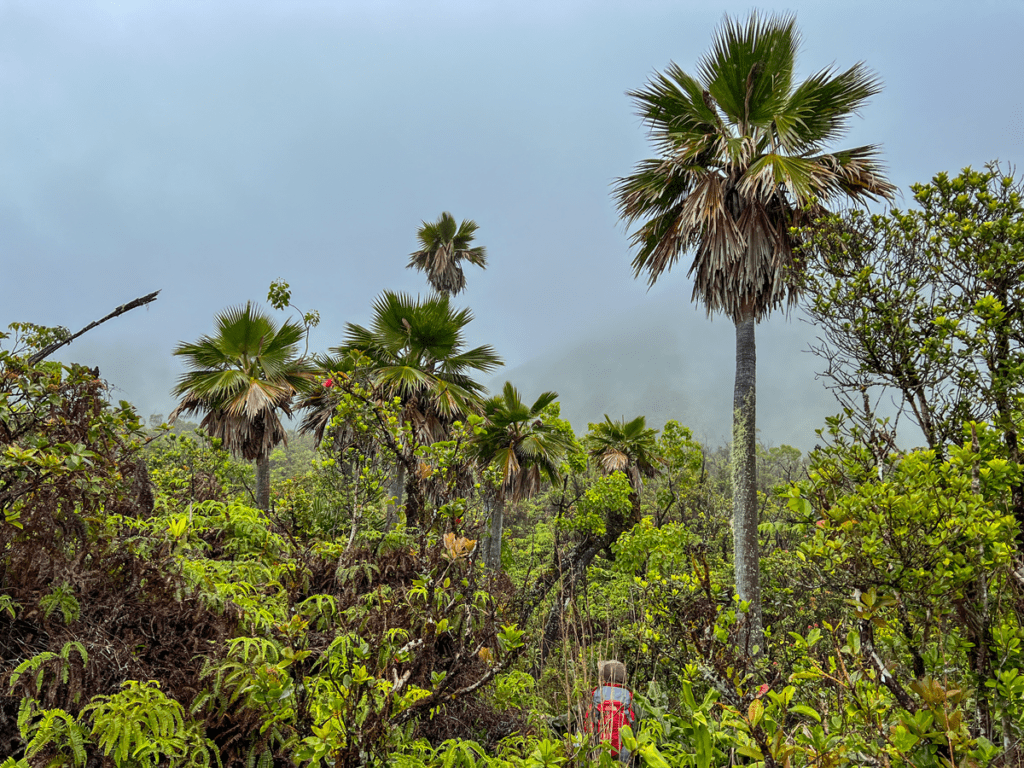
Pritchardia woodii is one of the most recently described native Hawaiian palms. It has been found in only two valleys on the eastern slopes of Haleakalā on Maui.
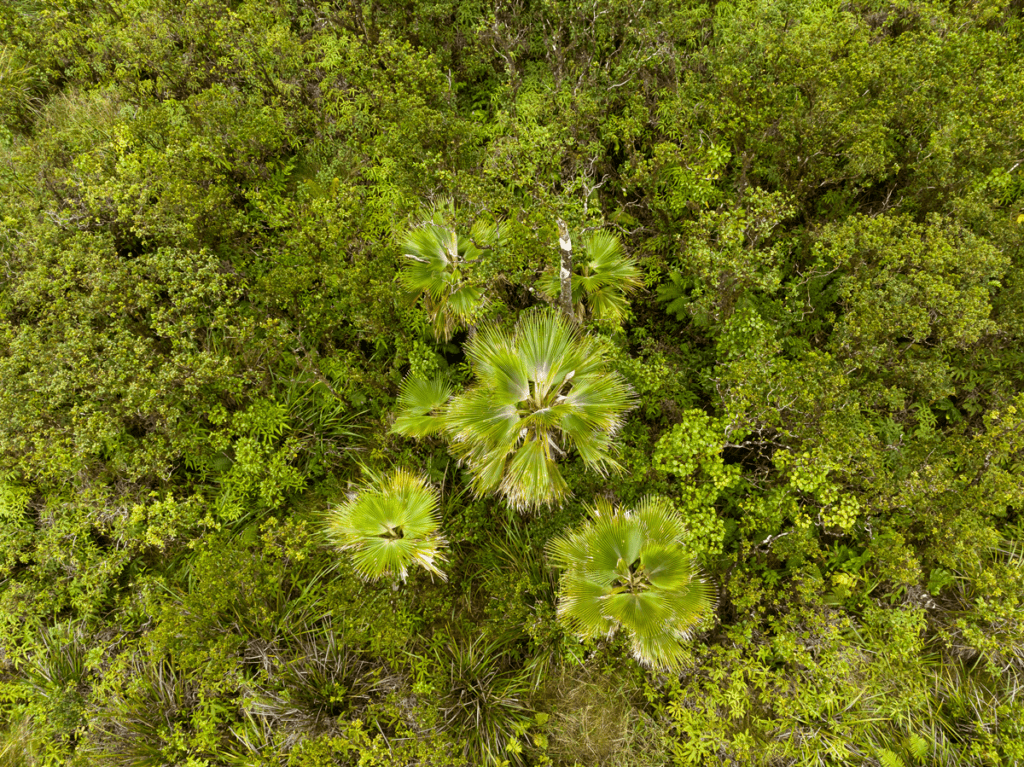
Small populations of mature Pritchardia woodii grow in isolated pockets. With very few young palms remaining, the need to grow conservation collections is urgent.
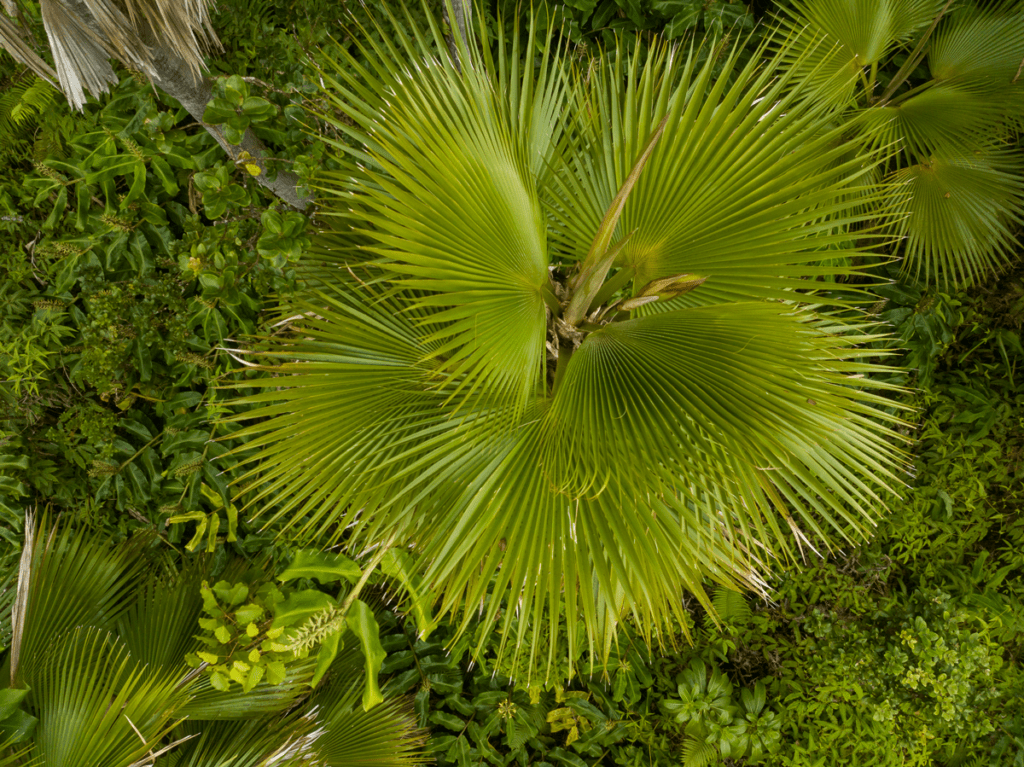
Pritchardia woodii may have once been widely distributed on Maui, but the introduction of rats has significantly contributed to the decline of this species.
Pritchardia woodii grows in fragmented populations between 2,600 and 3,000 feet in difficult to access wet forests on the frequently rainy, cloud-covered slopes of Haleakalā.
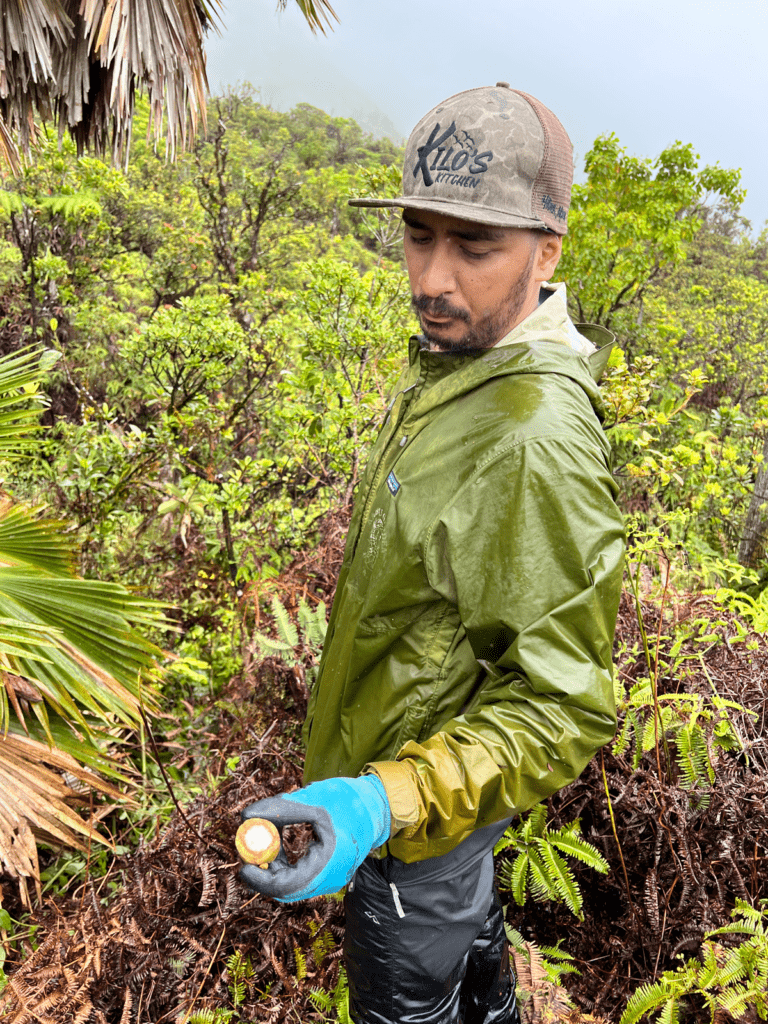
Kahanu Garden and Preserve staff Leroy “Pule” Krause holds a hāwane (loulu seed) showing signs of rat predation. Furthermore, the spread of the coconut rhinoceros beetle across Hawaiʻi poses a major threat, making the need to collect seeds even more urgent.
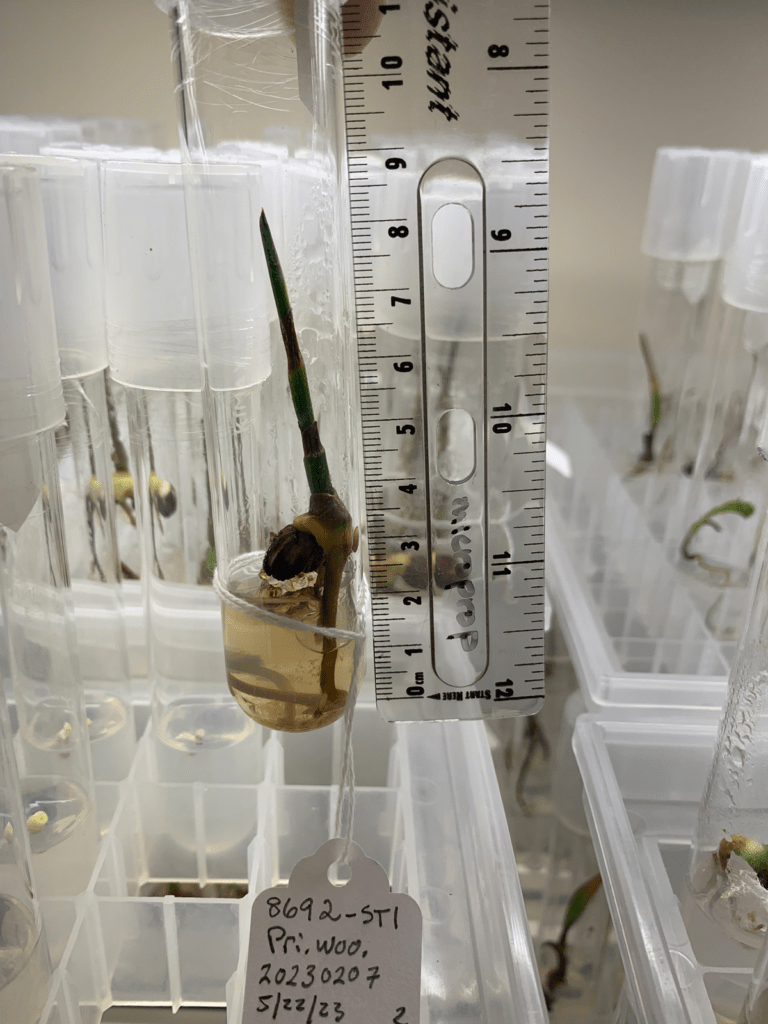
NTBG is collaborating with the University of Hawaiʻi’s Lyon Arboretum and the PEPP. Through its palm “embryo rescue” efforts, Lyon’s success in growing Pritchardia woodii seeds using micropropagation has significantly contributed to conservation of this work.
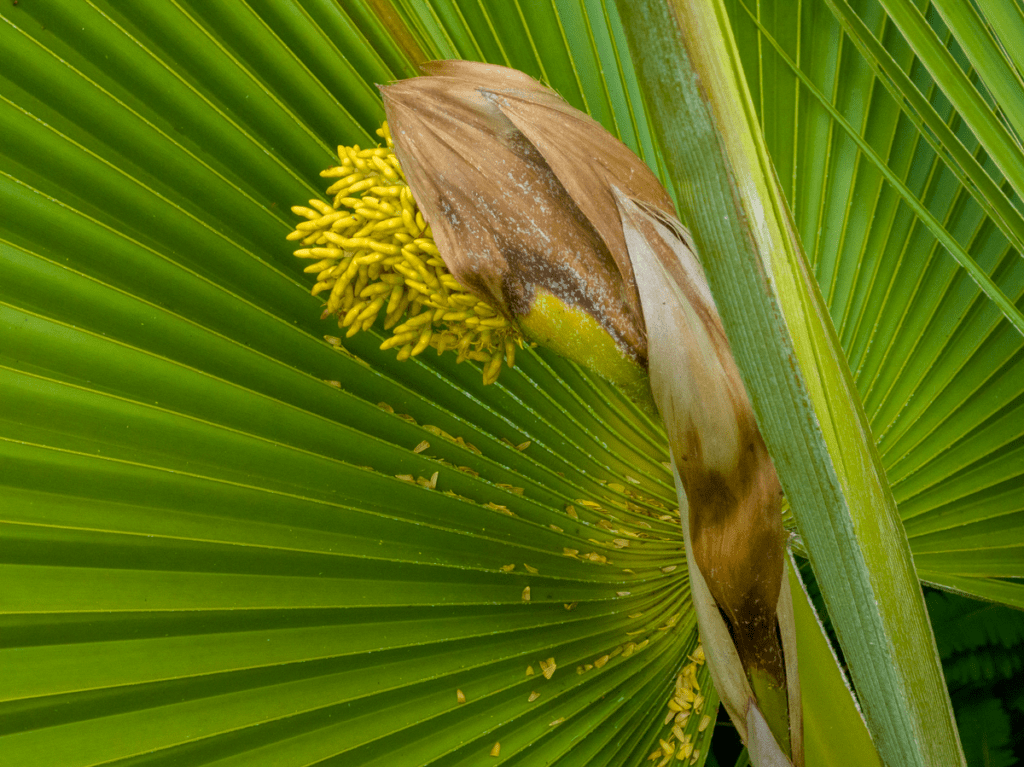
Named after NTBG senior research biologist Ken Wood, Pritchardia woodii is an example of the adaptive radiation that has resulted in two dozen species of loulu palms known only from the Hawaiian Islands.

Pritchardia woodii seeds are being collected from as many different populations as can be found in order to best conserve the species’ genetic diversity. How much diversity remains is still being studied.
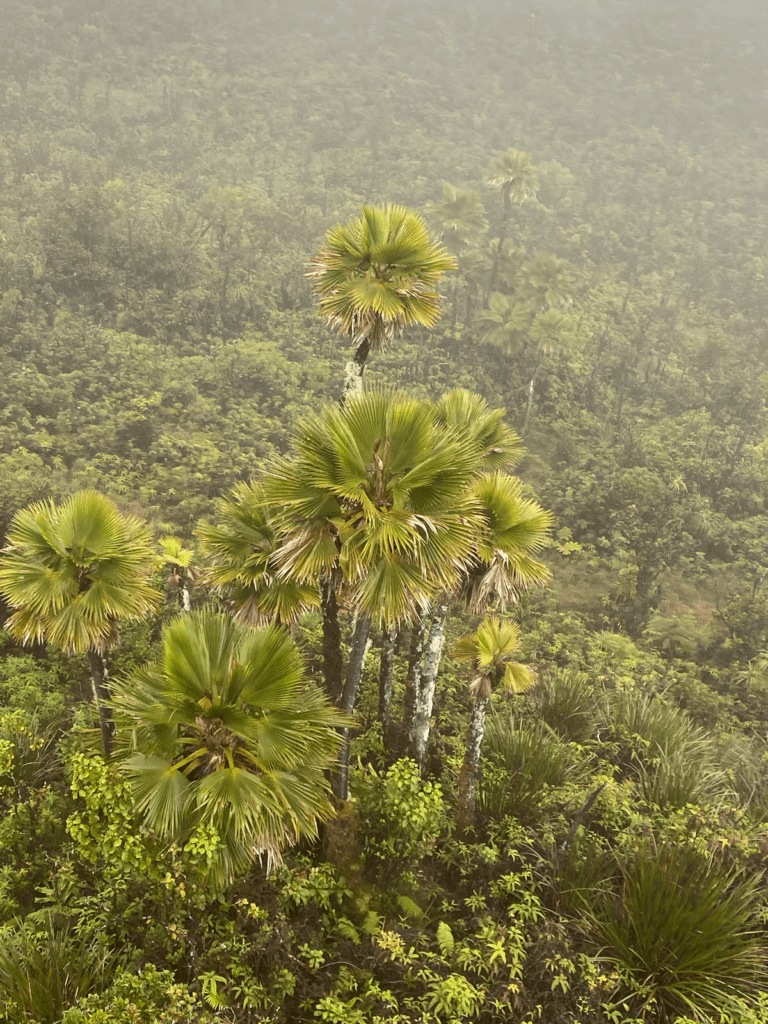
The preservation of Pritchardia woodii, with its botanical surveys, field collection, and ex situ (outside of habitat) conservation, is the result of partnerships, cooperation, and support from the International Palm Society as part of the Save the Species campaign.